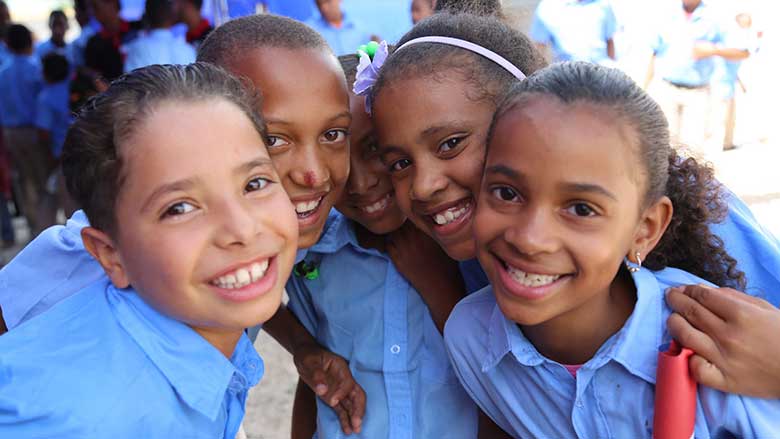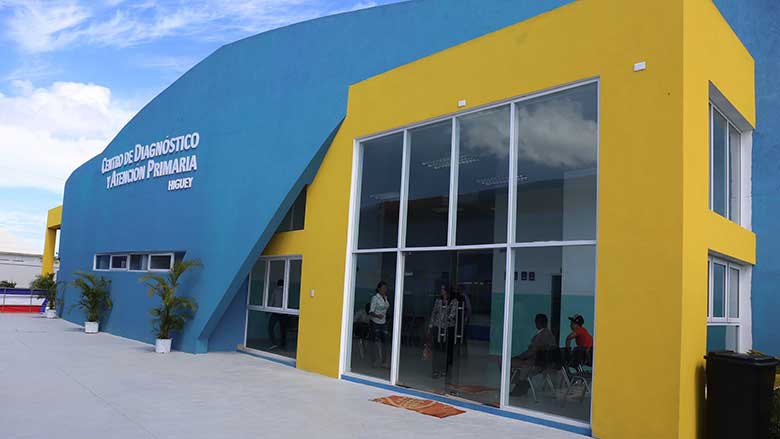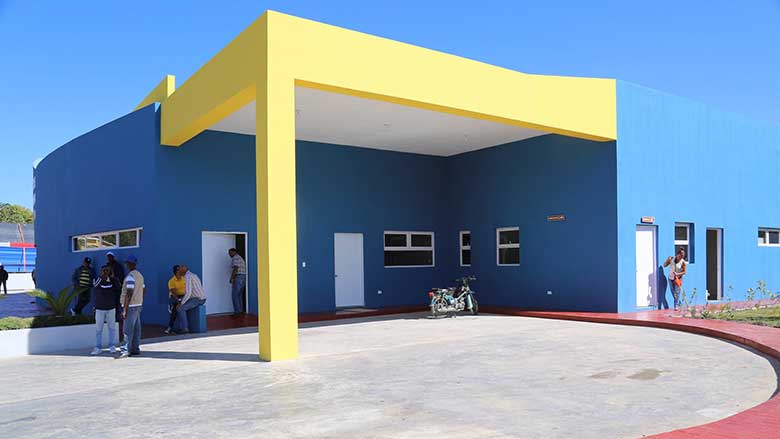Challenge
In 2009, the Dominican health system suffered from lower than average mother and child outcomes as compared with other Latin American countries: many families lacked health insurance, and chronic diseases were emerging as a new challenge. In 2007, more than 50 percent of total health expenditure was private, while 66 percent was out of pocket. The Dominican Republic (DR) also faced problems of: (i) inefficient and low quality public health services, (ii) weaknesses in health system management, and (iii) poor quality and control of public health spending.
Approach
Through the second phase of an adaptable programmatic lending program (APL2), the Health Sector Reform APL2 (PARSS2), the World Bank supported expansion of health insurance, alignment of financial incentives, and improved service delivery at the first level of care in the three most disadvantaged regions of the country. The project supported a complex health-sector transformation process in the DR that had begun in 2001 and aimed at improving healthcare delivery and increasing financial protection for the poor by strengthening the capacity of health institutions at both the central and regional levels. In response to the Dominican government’s priorities, the project encouraged more efficient allocation of resources while maintaining poverty reduction goals. Its methods included (i) introducing structural changes in the health financing model for the first level of care to generate incentives for improving service provision quality, (ii) encouraging a cultural shift from the use of historical budgets to a system aligning budget allocations with anticipated results; and (iii) foregrounding empowerment, accountability, and motivation of health staff in the participating regions.



